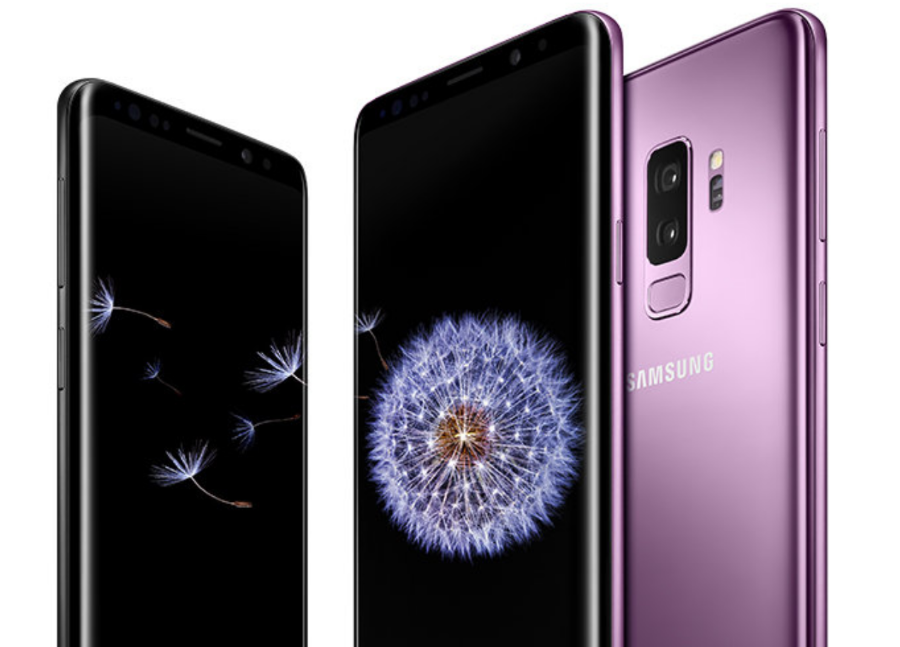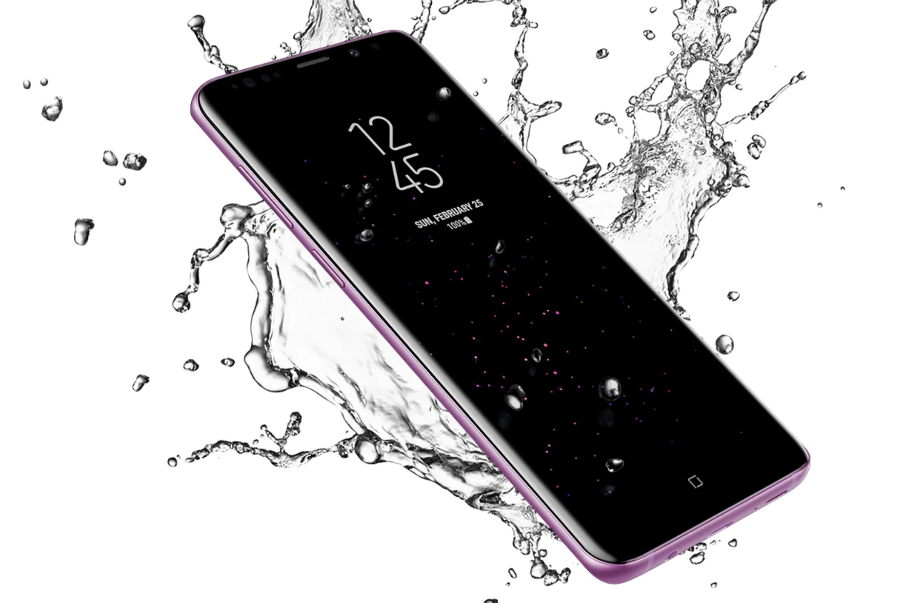Although many say that the Samsung Galaxy S9 for 2018 is nothing but a bunch of incremental upgrades on the Galaxy S8 from last year, that might not be entirely true. For one, Samsung has addressed many of the ergonomic and functional problems that plagued the S8. Let’s see what changes Samsung has made to one of their most important flagship smartphones for 2018.

Nearly every geometric dimension plus weight has been increased on the Galaxy S9. It’s a little wider, a little thicker and a little heavier. The only reduction is the height, from which about 1.2mm has been shaved off. It’s also heavier by 8 grams; not significant, but noteworthy.
- Galaxy S8 – 148.9 x 68.1 x 8.0 mm ( 5.86 x 2.68 x 0.31-inch), 155g (5.36oz)
- Galaxy S9 – 147.7 x 68.7 x 8.5 mm (5.81 x 2.70 x 0.33-inch), 163g (5.75 oz)
Most of the bulk goes towards making this a hardier phone than the Galaxy S8. The Galaxy S9 uses slightly thicker aluminium for the chassis and offers about 20% better drop impact protection. The glass is thicker, and the smartphone retains its 3.5mm audio port and microSD slot while keeping its IP68 dust and water resistance rating.
In terms of screen to body ratio it beats iPhone X because of the thinner bezel at the top, not to mention the lack of the irritating notch that iPhone X users are just getting used to.
The rear-mounted fingerprint sensor is now more sensibly placed below the camera, which is where it should have been in the first place.
The display is 20% brighter, and one reviewer calls it “virtually indistinguishable from perfect.” But that’s something you’ll have to judge for yourself. Not everyone’s “perfect” is the same thing.
Samsung is also trying out a Lilac Purple color variant, which is basically an extension on what they tried with the Coral Blue, Midnight Black and for some regions, Titanium Gray.
The S9 has a dual-aperture rear camera, while the S9 Plus gets two rear camera sensors. Unfortunately, that means the smaller model won’t have Portrait Mode or 2x optical zoom offered by the second 12MP telephoto camera sensor.
The camera’s “Super Slo-Mo” is really cool. While iPhones from 2017 can match the basic functionality, as can the Sony Xperia XZ Premium, Samsung’s technology allows the feature to automatically decide when to slow down the footage based on an object moving across a predefined part of the display.
As for biometrics, although iPhone X and its Face ID facial recognition feature has courted some controversy around the health effects of infrared radiation, Samsung has been forced to come up with something better. It’s called “Intelligent Scan” and it switches between retina scanning and facial recognition to optimize the experience no matter what the situation. The retina scan works better in low light conditions, so you don’t have to worry about which biometric to use. Is it as good as Apple’s Face ID? That still remains to be seen.
Samsung has also brought in AR Emoji to compete with Apple’s Animoji. The latter only works with iMessage but AR Emoji can be used with a range of third party messaging apps. That is so Apple!
Performance-wise the Galaxy S9 should offer a 30% increase in efficiency and 20% in performance. However, Samsung’s (in)famous bloatware could cause issues. The enhanced performance and efficiency come from the Snapdragon 845 and Exynos 9910, depending on where you buy the phone.
Samsung has also differentiated between the S9 and the S9 Plus by giving the latter 6GB RAM and the former just 4GB. The dual camera might be the reason for that, but it’s a sore point for S9 buyers.
Also disappointing is the five-month-old Android 8.0 Oreo that comes out of the box. It looks like Samsung isn’t even ready to deploy version 8.1, which itself is three months old now.
Those are the major highlights for the 2018 Samsung Galaxy S9 and its larger sibling the S9 Plus. Samsung will most likely bring in some new innovations with the Note later this year. They obviously didn’t want the S9 to repeat the disappointment of the S8 in terms of new features that weren’t ready to hit the market.



